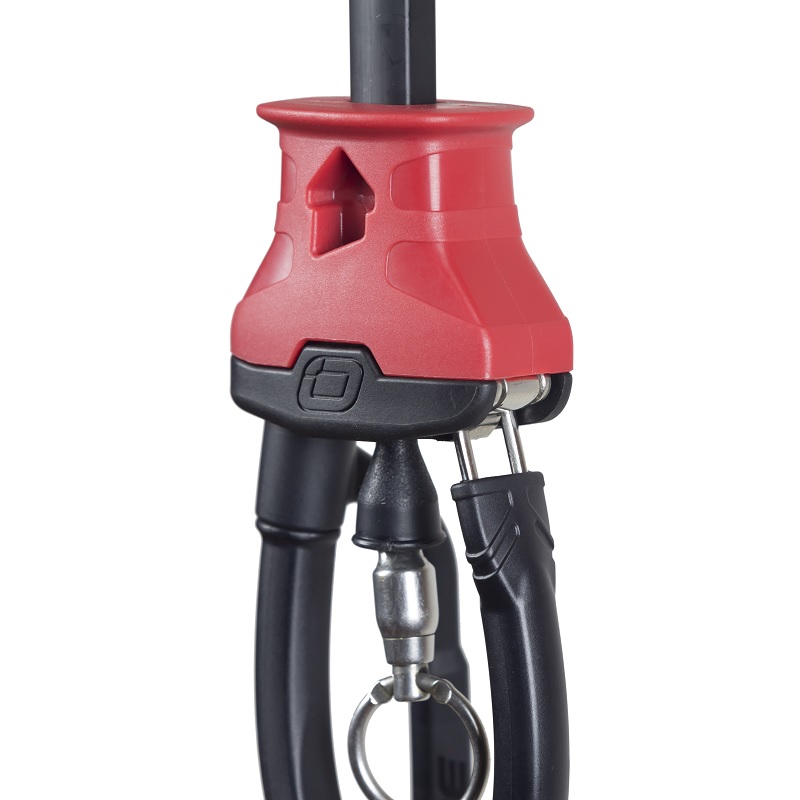


Chronic inflammatory responses in IBD result in extensive mucosal and/or transmural injury characterized by edema, loss of goblet cells, decreased mucus production, erosion/ulceration, and delayed mucosal repair. In addition to mechanical damage caused by large-scale PMN transit, release of tissue-degrading enzymes including elastase, matrix metalloproteases (MMPs), and myeloperoxidase, as well as reactive oxygen species (ROS) directly contributes to pathobiology of many inflammatory conditions including inflammatory bowel disease (IBD) ( 1, 11), gastritis ( 2), psoriasis ( 3), arthritis ( 12), cystitis ( 4), and bronchitis ( 5). An epithelial wound formed in this manner is thought to be a precursor of the ulcers that are pathological hallmarks of ulcerative colitis. A consequence of dysregulated transepithelial migration of large numbers of PMNs is a wound formed by forced separation and injury of epithelial cells ( 9, 10). However, in diseases of the gut including ulcerative colitis and Crohn’s disease, ongoing inflammatory signaling triggers persistent influx of activated PMNs leading to tissue damage and poor mucosal healing. Furthermore, during later stages of acute inflammatory responses, PMNs within tissues communicate with other immune cells to promote mucosal restitution, wound healing, and homeostasis. PMN-mediated destruction of pathogenic microbes is an essential aspect of the innate immune response. Given the direct contributions of PMN TEpM to pathobiology of ulcerative colitis and Crohn’s disease, this paper highlights molecular insights obtained from studies of PMN-epithelial trafficking in the gut. In contrast to PMN transendothelial migration, the steps that facilitate PMN transepithelial migration (TEpM) are much less well defined. PMN migration into mucosal tissues not only involves transendothelial migration to exit the microcirculation but, in many circumstances, also results in PMNs traversing a polarized epithelial barrier. To exit the microcirculation, PMNs undergo a complex and well-defined sequence of steps including tethering, slow rolling, arrest, firm adhesion, crawling, and paracellular (or transcellular) migration that are reviewed elsewhere ( 6-8). PMN migration from the microcirculation to mucosal tissues is a complex multistep process, and proximal events describing the sequential nature of PMN transendothelial migration have been extensively studied. However, dysregulated trafficking of PMNs across mucosal surfaces is a hallmark of multiple inflammatory diseases including inflammatory bowel disease (encompassing ulcerative colitis and Crohn’s disease) ( 1), gastritis ( 2), psoriasis ( 3), cystitis ( 4), as well as bronchitis ( 5) that are characterized by persistent or intermittent bursts of active inflammation. Polymorphonuclear neutrophils (PMNs) are the first immune responders to infection or tissue injury and play a critical role in clearing invading pathogens and promoting tissue repair and restitution of homeostasis. This report will highlight molecular insights gained from studies on PMN TEpM and provide a rationale for developing tissue targeted strategies directed at reducing pathologic consequences of dysregulated PMN trafficking in the gut. However, innovative animal models have provided new avenues for investigating in vivo mechanisms regulating PMN TEpM. Until fairly recently, in vitro models of PMN transepithelial migration (TEpM) across cultured intestinal epithelial cell lines provided many of the insights into the molecular basis of TEpM. While much is known about how PMNs migrate out of blood vessels, far less is understood about how PMNs traverse epithelial barriers. In the gut, robust PMN accumulation and migration across the intestinal epithelium closely correlates with clinical symptoms in conditions such as ulcerative colitis. Neutrophils (PMNs) play a critical role in innate immunity, yet many pathologic conditions are associated with dysregulated infiltration of PMNs into tissues.


 0 kommentar(er)
0 kommentar(er)
